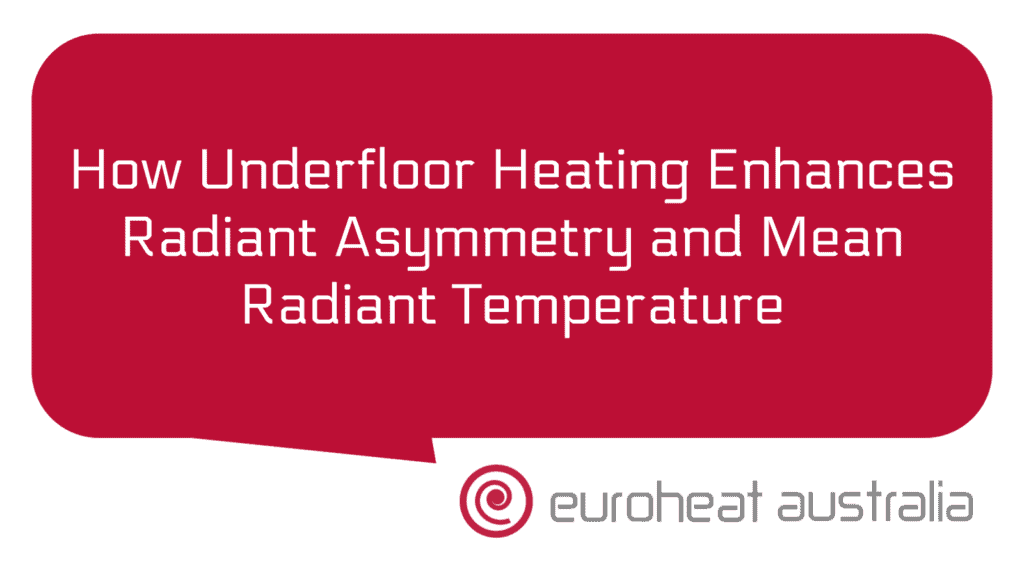When it comes to reducing your home’s energy consumption and costs, a waste heat hot water system can be a great option. Waste heat is energy that is generated by machines or equipment, such as air conditioners, refrigerators, and other appliances. This heat can be used to warm up your hot water supply and reduce the need for electricity or gas.
But are there any limitations to the types of waste heat sources that can be used with a waste heat hot water system? The short answer is: yes, there are some limitations to consider when selecting a waste heat source.
The first limitation is the temperature of the waste heat source. Waste heat from certain sources may not be able to reach temperatures high enough to effectively heat your hot water supply. For example, if you are using an air conditioner as your source of waste heat, it may not reach temperatures above 40°C – which may be too low for some systems. It’s important to do your research and make sure the temperature of the source you’re using will work with your system.
The second limitation is the volume of energy available from the source. If you’re using something like an air conditioner or refrigerator as your source of waste heat, it may only provide a limited amount of energy – not enough to sufficiently warm up your hot water supply. In this case, you’d likely need to supplement with another type of energy source in order to get enough hot water.
Finally, there may also be limitations on what types of systems can use certain sources of waste heat. Some systems require a specific type of fuel or technology in order to work effectively – so it’s important to make sure that whatever type of waste heat you’re using will work with whatever system you have in place.
So while there are certainly some limitations when it comes to using different types of sources for waste heat hot water systems, there are still many options available for homeowners looking for ways to reduce their energy consumption and costs.
One way homeowners can do this is by installing a Heat and Chill Recovery System from Euroheat Australia; Perth engineers & installers who design & construct hydronic heating & cooling systems with over 30 years experience in this field. The Heat & Chill Recovery System captures wasted energy from air conditioning units and uses it to pre-heat domestic hot water before sending it through the traditional heating system – resulting in significant savings on both electricity bills and carbon emissions! Depending on size & usage levels, typical households can save around $400 annually – that’s equivalent to around 9 tonnes less CO2 being emitted each year!
Furthermore, Euroheat Australia offers design & installation services which ensure that all components are correctly sized & installed correctly according their specific requirements – meaning less wastage and increased efficiency levels over time! This professional advice ensures that homeowners get the most out their investment into a Heat & Chill Recovery System – ensuring maximum benefits for years down the track!
To conclude – while there are certain limitations when it comes to selecting different types of sources for Waste Heat Hot Water Systems, these limitations don’t mean that homeowners should miss out on potential savings on their energy bills! By considering all available options – including installing a Heat & Chill Recovery System from Euroheat Australia – homeowners will undoubtedly benefit financially as well as reducing their carbon footprint at the same time!





